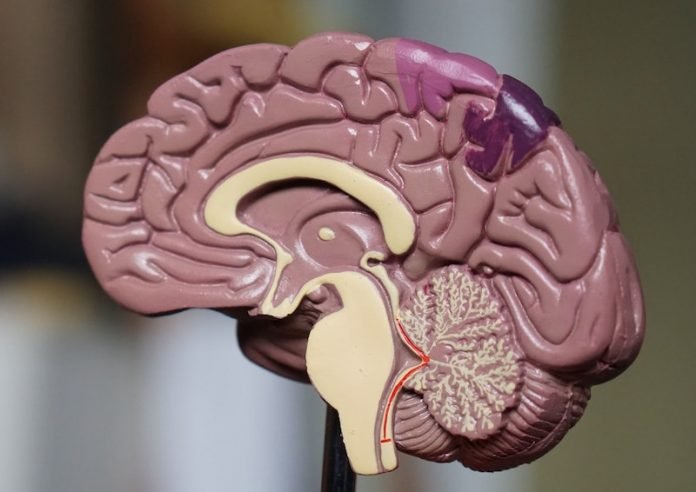
In a new study from Carnegie Mellon, researchers explain why understanding the progression of neurodegeneration in Alzheimer’s disease, and its eventual treatment, is much more complex than researchers have previously thought.
One in ten Americans over the age of 65 suffer from Alzheimer’s, rising to one in three in those over 80.
It is the sixth-leading cause of death in the United States, and more than five million people currently live with the disease. Worldwide, that number jumps to nearly 50 million.
Age is the most significant factor in whether a person shows symptoms of Alzheimer’s, and although diagnostic information to confirm the disease is improving, there are still no cures or treatments to slow down or stop the progression of the disease.
In all neurodegenerative diseases, degeneration begins in one part of the brain and is transmitted to other areas, causing widespread damage and loss of brain tissue.
In Alzheimer’s, several things, such as the presence of A-beta peptide or an injury, can cause tau—a protein in neurons responsible for stabilizing those neurons—to begin shaping itself in dysfunctional ways; the first in a cascade of events.
Scientists, however, are still unsure of how this pathogenic tau is transferred from cell to cell, thus spreading across the brain and wreaking havoc.
Understanding how to contain the disease to a small area of the brain could help slow its progression and halt the cognitive degeneration associated with Alzheimer’s.
The team has recently discovered other ways cells can take up the tau protein, ultimately affecting how cells respond.
According to them, while past models’ may have seemingly contradicted one another’s findings, they are potentially all correct and were simply not looking at tau uptake holistically enough.
Additionally, there is no evidence that cells have any way to differentiate and sort between normal and malformed tau.
The new data indicates that past efforts to create Alzheimer’s therapeutics have been misguided.
Based on the new findings, Alzheimer’s requires a similar approach to HIV treatment, where doctors have a cocktail of drugs used to address different elements of the disease.
Together, these drugs work toward the larger goal; treating the symptoms of Alzheimer’s in a particular patient.
This new data gives scientists a better understanding of Alzheimer’s and how it spreads—moving doctors one step closer toward a treatment for a disease that affects so many lives.
If you care about brain health, please read studies about cause of Alzheimer’s disease, and personality that may protect you from Alzheimer’s disease.
For more information about brain health, please see recent studies about how to eat your way to a healthy brain, and how to prevent brain aging effectively.
The study is published in the Journal of Molecular Neuroscience.
Copyright © 2022 Knowridge Science Report. All rights reserved.



